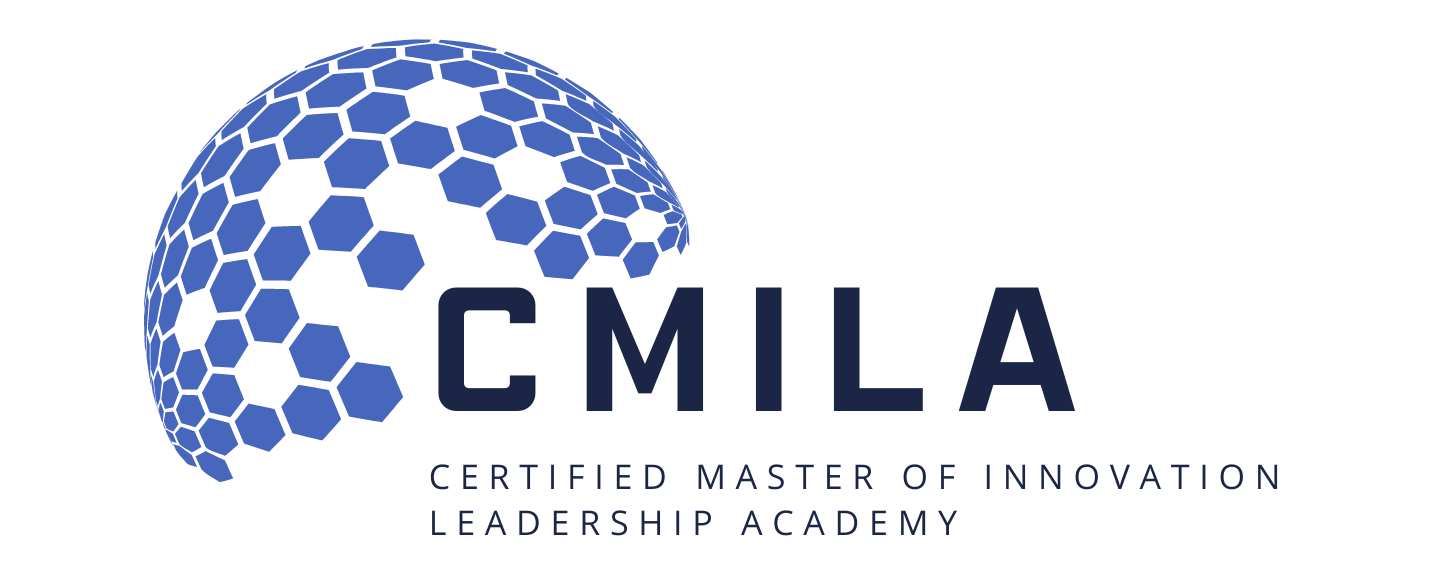Certified Innovation Management Professional (CIMP)
The Certified Innovation Management Professional (CIMP) Certification Course by Tonex is a comprehensive program designed to equip professionals with the knowledge and skills necessary to thrive in the dynamic field of innovation management. This course covers essential concepts, methodologies, and best practices to enable participants to lead innovation initiatives effectively within their organizations.
Learning Objectives:
Upon completion of the CIMP Certification Course, participants will:
- Understand the fundamental principles of innovation management.
- Acquire the tools and techniques to foster a culture of innovation within their organization.
- Learn how to identify and prioritize opportunities for innovation.
- Gain proficiency in implementing and managing innovation processes.
- Develop strategic thinking skills to align innovation efforts with organizational goals.
- Master the art of navigating challenges and mitigating risks associated with innovation.
Audience:
This course is ideal for professionals at various levels, including:
- Innovation Managers
- R&D Directors
- Product Development Managers
- Business Leaders
- Entrepreneurs
- Project Managers
Course Outline:
Module 1: Introduction to Innovation Management
- Definition and Significance of Innovation
- Historical Perspective of Innovation
- Evolution of Innovation Management Practices
- Role of Innovation in Organizational Success
- Impact of Technological Advancements on Innovation
- Current Trends and Emerging Concepts in Innovation Management
Module 2: Creating an Innovative Culture
- Strategies for Building an Innovation-Focused Environment
- Cultivating a Culture of Creativity and Risk-Taking
- Leadership’s Role in Nurturing Innovation
- Establishing Effective Communication Channels for Innovation
- Encouraging Cross-Functional Collaboration
- Leveraging Diversity for Innovative Thinking
Module 3: Opportunity Identification and Prioritization
- Techniques for Identifying Emerging Opportunities
- Market Research and Analysis for Innovation
- Evaluation Criteria for Prioritizing Innovation Initiatives
- Utilizing Customer Feedback in Opportunity Assessment
- Benchmarking and Competitive Analysis
- Quantitative and Qualitative Metrics for Opportunity Prioritization
Module 4: Innovation Processes and Implementation
- Overview of Innovation Frameworks (e.g., Stage-Gate, Lean, Design Thinking)
- Tailoring Innovation Processes to Organizational Needs
- Prototyping and Iterative Testing in Product Development
- Cross-Functional Collaboration in the Innovation Process
- Scalability and Replicability of Successful Innovations
- Measuring and Evaluating Innovation Effectiveness
Module 5: Strategic Alignment of Innovation
- Aligning Innovation with Organizational Goals
- Creating a Strategic Innovation Roadmap
- Integration of Innovation with Business Strategy
- Balancing Short-Term and Long-Term Innovation Goals
- Ensuring Stakeholder Alignment in Innovation Initiatives
- Establishing Key Performance Indicators (KPIs) for Strategic Alignment
Module 6: Challenges and Risk Mitigation in Innovation
- Identifying Common Challenges in Innovation Management
- Overcoming Resistance to Change in Innovation
- Managing Uncertainty and Ambiguity in Innovation Projects
- Strategies for Risk Identification and Assessment
- Implementing Risk Mitigation Plans
- Learning from Failure: Turning Setbacks into Learning Opportunities
Overview of the Certification Process:
- Familiarize yourself with the prerequisites, if any, for taking the exam.
- Review the certification roadmap to understand the different levels of certification offered (e.g., Foundation, Advanced, Expert) and the requirements for each level.
- Identify the benefits of obtaining the certification for your career and professional development.
Details of the Exam:
Format: Multiple-choice, scenario-based, practical exercises
Content Areas: Review the exam blueprint or syllabus to identify the specific topics and knowledge areas covered in the exam. This will help you focus your study efforts on the most relevant content.
Passing Score: Understand the minimum passing score required to achieve certification and aim to exceed this threshold during your preparation.
Study Resources: Identify recommended study resources, such as certification manual, study guides and practice exams, to help you prepare effectively for the exam.
Exam Sample Questions:
- Practice with sample questions to familiarize yourself with the exam format and assess your readiness.
- Analyze each question carefully, paying attention to key details and any clues provided in the question stem or answer choices.
- Practice time management by setting aside dedicated study sessions to complete sample questions within the allotted time frame.
- Review your answers and explanations for correct and incorrect responses to identify areas for improvement and further study.
